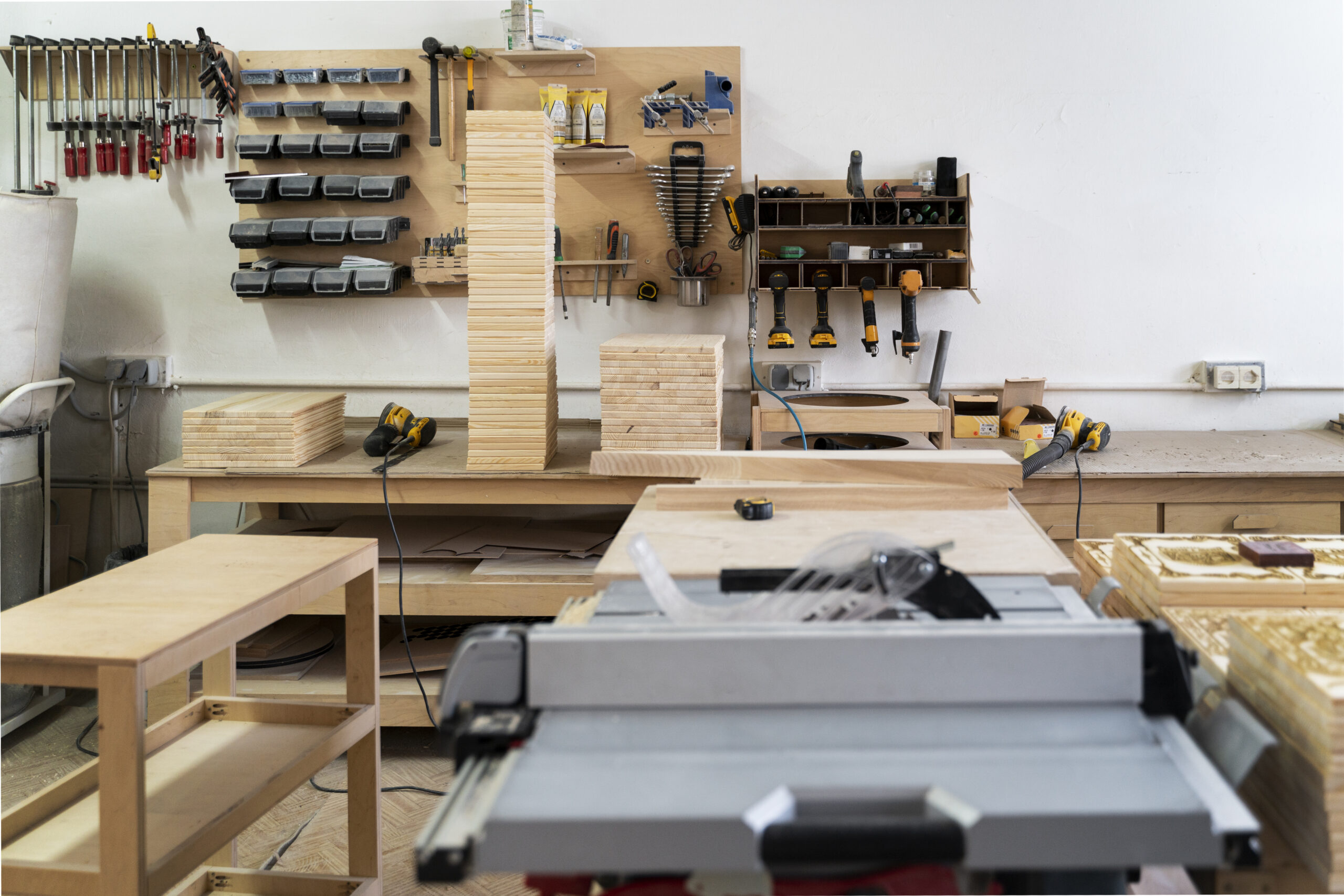Understanding Penetrating Oil Finish
When it comes to woodworking, finishing is a crucial step that impacts both the appearance and longevity of the piece. One popular option is penetrating oil finish, which differs significantly from surface-level finishes like varnish or lacquer. This type of finish deeply saturates the wood fibers, providing protection while maintaining the natural beauty of the grain.
What is Penetrating Oil Finish?
Penetrating oil refers to various oils designed to seep into the wood. These oils harden within the fibers, offering protection from moisture and wear without creating a surface film. This quality allows the wood to feel more natural and less glossy.
Common Types of Penetrating Oils
- Linseed Oil: Derived from flax seeds, linseed oil is one of the oldest and most widely used finishes. It enhances the wood grain and provides adequate protection but takes time to cure.
- Tung Oil: Extracted from the seeds of the tung tree, it offers a tougher finish than linseed oil. It is water-resistant and imparts a rich, warm glow to the wood.
- Danish Oil: A blend often comprising one or more of the above oils, along with varnish. It dries faster and provides a more durable finish.
The Application Process
Applying penetrating oil finishes involves several steps. First, prepare the wood surface by sanding. Start with coarse sandpaper and gradually move to finer grits. Sand with the grain to avoid scratches. Wipe the surface to remove all dust.
Apply the oil using a clean cloth or brush. Work in small sections, allowing the oil to penetrate the wood. Wipe off excess oil with a clean rag to prevent sticky residues. Let the first coat dry completely — this can take 24 to 48 hours depending on the oil type.
For a deeper finish, apply additional coats following the initial coat’s drying. Sand lightly between coats if desired, ensuring a smooth surface. After the final coat, allow for a longer curing period. The wood will often look slightly wet or darken with each coat, highlighting the grain further.
Advantages of Penetrating Oil Finishes
- Natural Look: Unlike surface finishes, penetrating oils highlight the natural beauty of wood without altering its texture.
- Easy Maintenance: Minor scratches or damage can be easily repaired by applying more oil to the affected area.
- Breathable Finish: Wood can still exchange moisture and air even after oil application, reducing risks of warping or cracking.
Limitations to Consider
- Protection Level: They don’t provide as much protection as hard film finishes. Frequent reapplication may be necessary, especially in high-use areas.
- Curing Time: Oils can take longer to cure completely, sometimes weeks or more.
- Stain Resistance: Penetrating oils may not adequately guard against certain stains without added treatments or sealers.
Specific Uses and Popularity
Penetrating oil finishes are favored for furniture, decorative pieces, and musical instruments. Their ability to highlight wood grain and feel good to the touch makes them an aesthetic choice. Fine furniture makers and wood artisans often prefer oils for their simplicity and beauty.
Environmental Considerations
Some oils, like tung or linseed, are more environmentally friendly as they derive from natural sources. It’s important to consider the impact of solvent-based oils, which might contain volatile organic compounds (VOCs). Water-based alternatives are now available, which reduce VOC emissions and are safer for indoor use.
Historical Context of Oil Finishes
Using oil as a wood finish dates back thousands of years, making it one of the oldest finishing techniques. Traditional methods used natural oils for not only their protective qualities but also for their availability and easy application.
Key Tips for Successful Application
- Always apply oils in thin layers for even penetration and faster curing.
- Ensure the workspace is dust-free to avoid surface imperfections.
- Store oil-soaked rags safely; improper disposal can pose fire hazards.
By understanding the process and characteristics of penetrating oil finishes, woodworkers and hobbyists can make informed decisions about their projects. The choice of finish affects not only the look and feel of the wood but also its durability and maintenance requirements.
